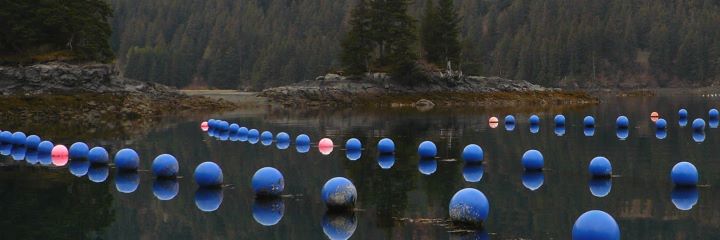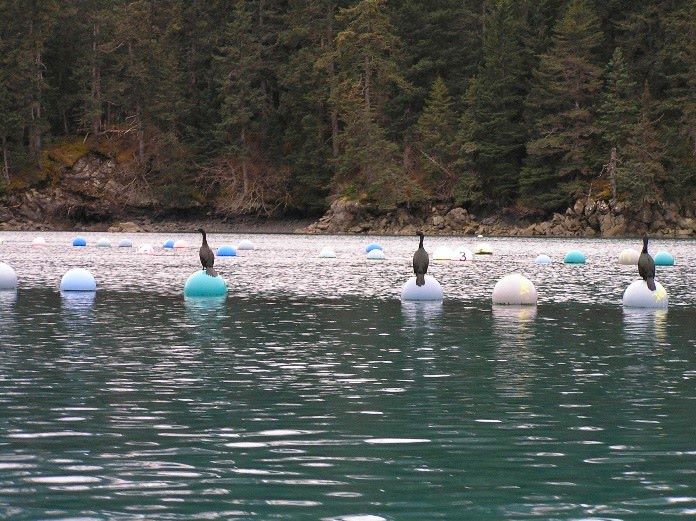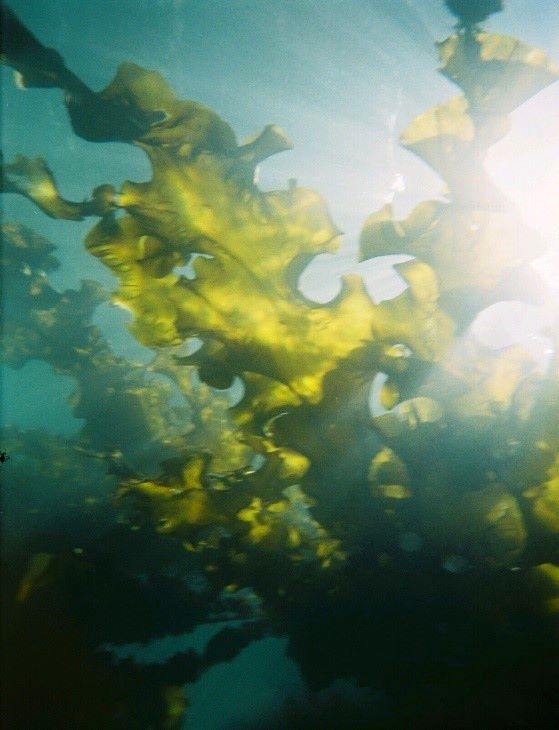Aquatic Farm Leasing
History and Role

History in Alaska

The Aquatic Farm Act (Section 19, Chapter 145, SLA 1988) was signed into law on June 8, 1988, authorizing the Commissioner of the Alaska Department of Fish and Game (ADF&G) to issue permits for the construction or operation of aquatic farms, and hatcheries to supply aquatic plants or shellfish to aquatic farms. The intent of the program was to create an industry in the state that would contribute to the state's economy and strengthen the competitiveness of Alaska seafood in the world marketplace, broadening the diversity of products and providing year-round supplies of premium quality seafood. The law limited aquatic farming to shellfish and aquatic plants. In 1990, CSHB 432 became law, prohibiting farming of finfish in the state.

Our Role
The statewide Aquatic Farm Program is jointly administered by three state agencies: Department of Natural Resources (DNR), ADF&G, and the Department of Environmental Conservation (DEC). DNR issues authorizations for the use of state tide and submerged land to support aquatic farming activities. In keeping with Article VIII of the Alaska State Constitution, DNR looks to balance the use of land for the development of aquatic farming with traditional uses of the area, upland owner access, public access, and navigation of public waters.
